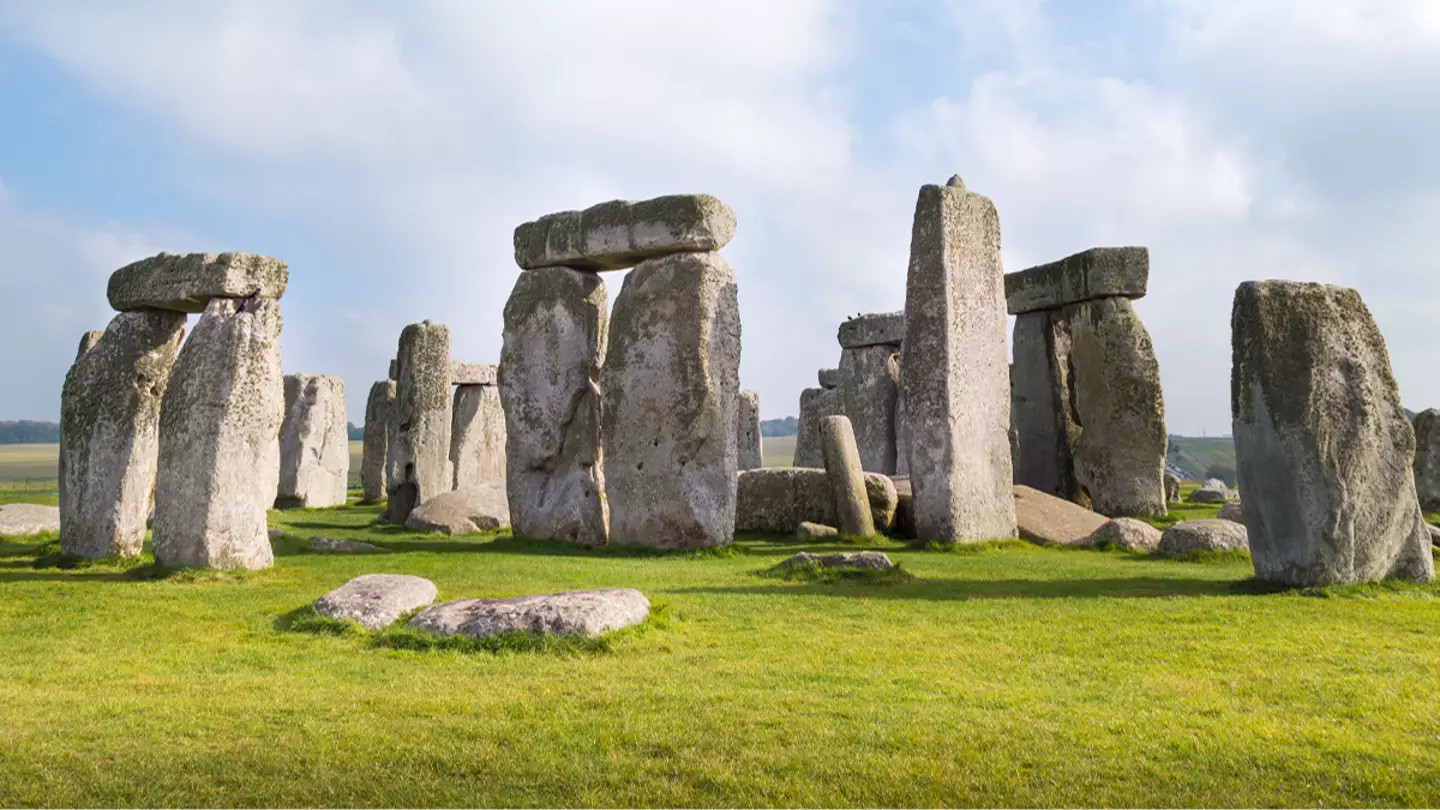
Topics: Science
A new study published in the Journal of Archaeological Science sheds further light on a major Stonehenge mystery.
Situated on Wiltshire's Salisbury Plain, this iconic, prehistoric structure features a head-scratching rock known as the 'Newall boulder', and until now, it's been debated amongst scientists whether it was transported there via Welsh glaciers or by humans 5,000 years ago.
Aberystwyth University's Professor Richard Bevins and his team recently compared the boulder with samples from a rocky outcrop in Craig Rhos–y–Felin, Wales.
Using microscopic and geochemical technology, they found 'no evidence to support the interpretation that it is a glacial erratic'.
Advert
Instead, the stone matches the characteristics of what Craig Rhos–y–Felin has to offer, indicating people carried part of the eventual monument over 125 miles to Wiltshire.

Chemical analysis revealed that the boulder and other fragments from Stonehenge share identical amounts of thorium and zirconium with the geology at Craig Rhos–y–Felin.
Researchers mentioned in their report that the boulder is a foliated rhyolite and its surface layer is rich in calcium carbonate, which supports the notion that it was taken to its final resting place by humans, as glaciers would have distributed similar pieces across the Stonehenge region too.
Advert
Another of the site's buried stones, Stone 32d, became a focus of the study.
Prior to the revelatory findings, it was thought that Stone 32d was a spotted dolerite, yet it's actually a foliated rhyolite just like Newall.
"Part of the fascination of Stonehenge is that many of its megaliths, in contrast to the large, relatively local sarsens, can be proven to have been sourced from Wales, over 200km to the west," wrote the research group.
"Most archaeologists accept that Neolithic people achieved this remarkable feat, transporting blocks weighing up to 3.5 tonnes. There is, however, a contrary view, which proposed that no human effort was involved.
Advert
"Rather, it is argued, the Welsh stones were transported by glacial ice long before Stonehenge was built."

The glacier theory boasts Dr. Brian John as one of its most prominent advocates.
"The boulder was reduced in size and heavily modified during glacial transport, for much of the time on the bed of a glacier. It was eventually dumped at some location on, or relatively close to, Salisbury Plain," he once argued in his own study, yet the latest research dictates that such features may be a result of weathering.
Advert
"To present it as fact, rather than as hypothesis, is disingenuous," they said of John's published work.
"The presence of Stonehenge itself is the evidence of movement by Neolithic peoples of stones weighing up to as much as 40 tonnes.
"Unless it is argued that all the stones were just lying on the ground ready to be erected where they were to make Stonehenge, the stones must have been moved into position.
'"If Neolithic people could move a stone a few tens of metres they could move it tens or hundreds of kilometres. It may not have been easy, but it was entirely possible and moving 2–3 tonne bluestones would involve an order of magnitude less effort than moving the sarsens," the study continued.
Advert
"There is no evidence for how they moved these stones, but recent indigenous peoples have been transporting stones weighing many tonnes great distances with ropes, wooden sledges and trackways – technologies which would have been available in the Neolithic."